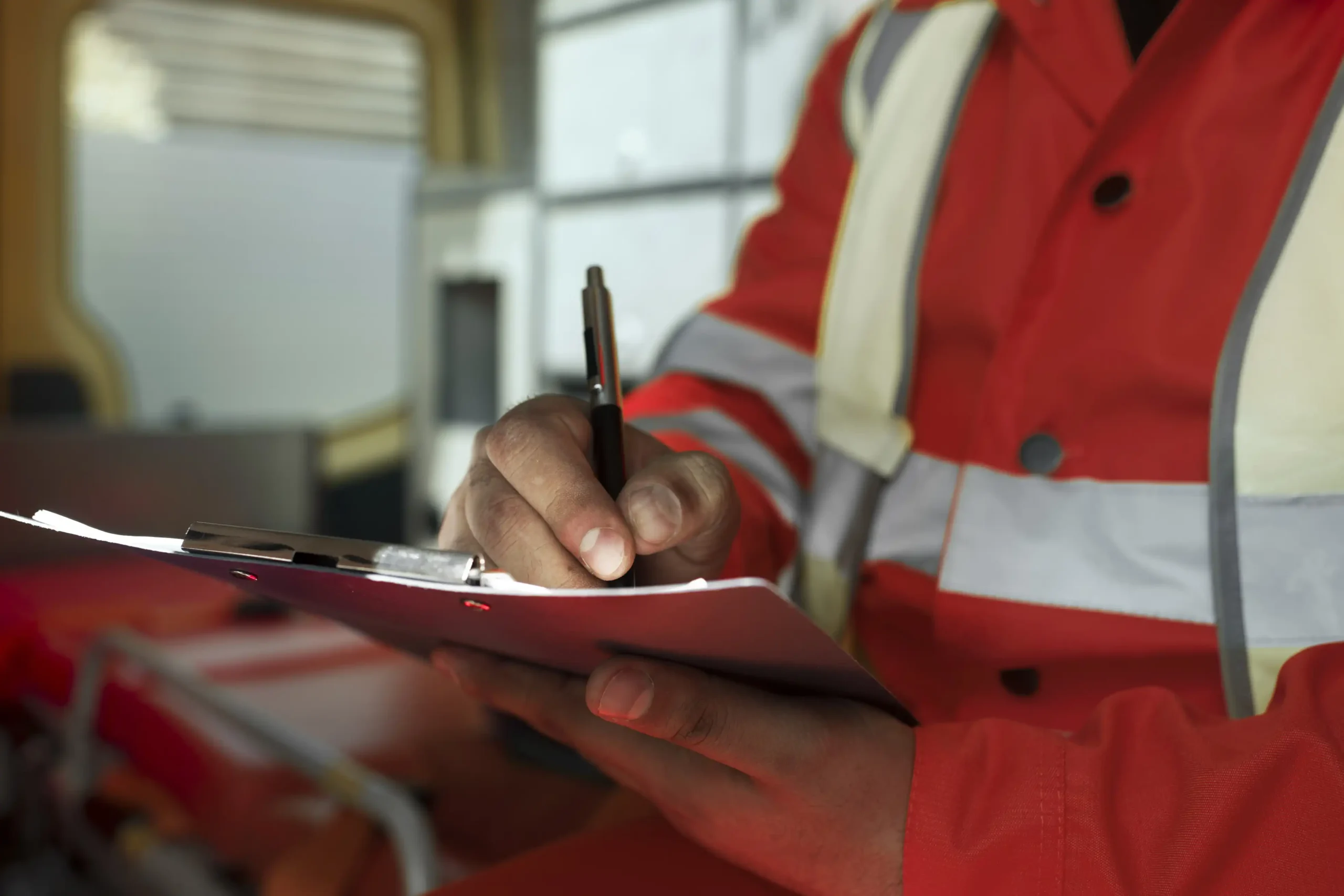Imagine you see someone collapse on the street. People panic, unsure of what to do. Would you know how to help? Emergencies can happen anytime. Knowing the right steps can save lives.
Even a few seconds of hesitation can make a difference. Acting fast and knowing the right steps can save someone’s life.
This guide will teach you essential lifesaving skills. By the end, you will feel more prepared and confident to act in a crisis. Let’s get started!
Understanding Emergency Response
Emergency response is how you react when someone is in danger. Basic Life Support, or BLS, teaches important skills for saving lives. It covers CPR, choking response, and using an AED.
Learning BLS helps you stay prepared in emergencies. Many training programs are available for beginners, making it easy to learn.
The right actions can keep a person alive until professional help arrives. Stay calm and assess the situation before you act. If the person is in danger, move them to safety if possible.
How to Perform CPR?
CPR is a lifesaving technique used when a person’s heart stops beating. It helps pump blood to the brain and other vital organs.
First, check for signs of breathing. If the person is not breathing, place them on their back. Kneel beside them and position your hands in the center of their chest. Push hard and fast, about 100 to 120 times per minute.
Allow their chest to rise between compressions. If you are trained, give rescue breaths after every 30 compressions. Keep going until medical help arrives.
Helping a Choking Person
Choking can block airflow and cause serious harm. If someone is choking but can cough, encourage them to keep coughing. If they cannot breathe or speak, take action.
Stand behind them and wrap your arms around their waist. Make a fist and place it just above their belly button.
Pull inward and upward in quick motions until the object is expelled. If they become unconscious, begin CPR immediately.
Treating Burns and Wounds
Burns need quick care to prevent infection and reduce pain. For minor burns, run cool water over the area for several minutes.
Avoid ice, as it can cause further damage. Cover the burn with a clean, non-stick bandage. If the burn is severe, seek medical help right away.
For wounds, stop the bleeding by applying firm pressure with a clean cloth. Keep the wound covered and watch for signs of infection, such as redness or swelling. Deep cuts may need stitches, so seek help if necessary.
Recognizing and Responding to a Heart Attack
A heart attack happens when blood flow to the heart is blocked. Common signs include chest pain, shortness of breath, and dizziness. If someone shows these symptoms, call for emergency help immediately.
Have them sit down and stay calm. If they are not allergic, give them aspirin, which can help thin the blood. If they collapse and stop breathing, start CPR right away.
Be Ready to Save Lives Using this Guide
Emergencies can be scary, but knowing what to do makes a difference. Simple actions like CPR, choking relief, and wound care can save lives. Stay calm, act quickly, and never be afraid to help. Learning these skills gives you confidence to respond in any crisis.
With proper knowledge, you can turn fear into action and make a real impact. Being prepared can help save not just strangers but also your loved ones.
Did you like this guide? Great! Browse our website for more!










